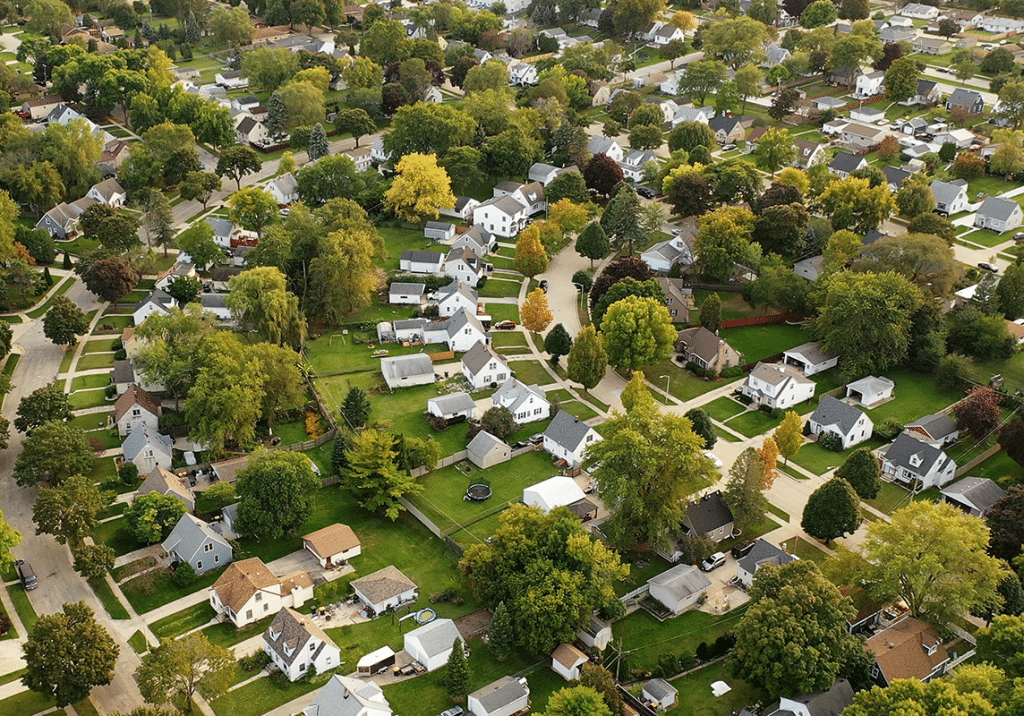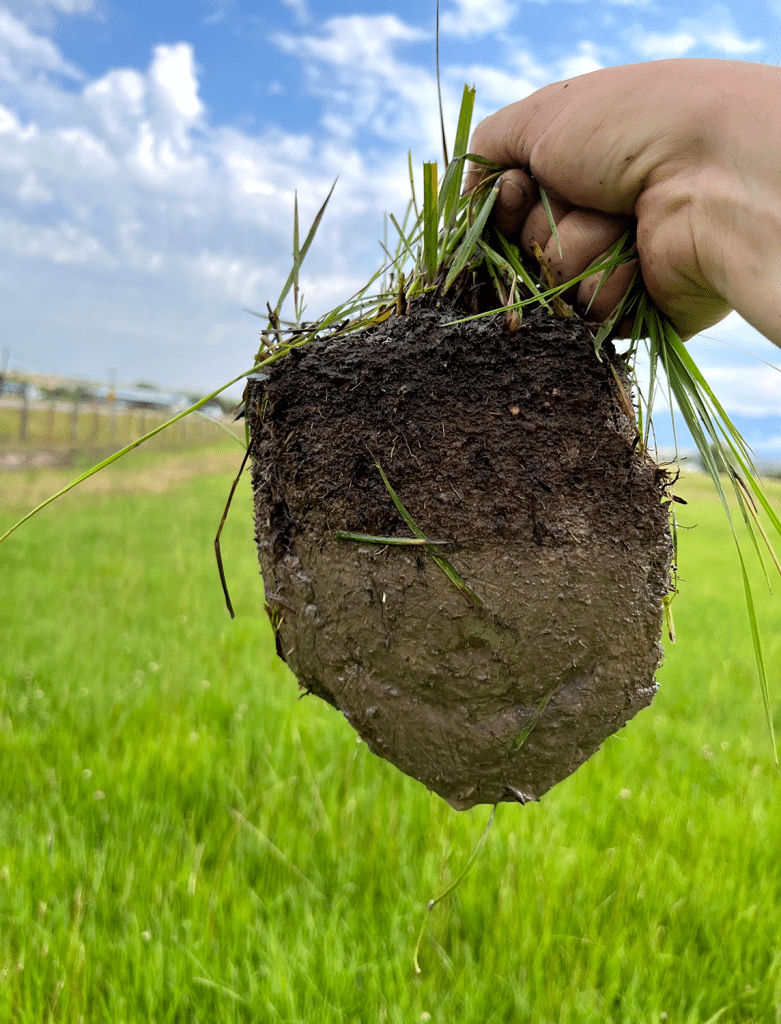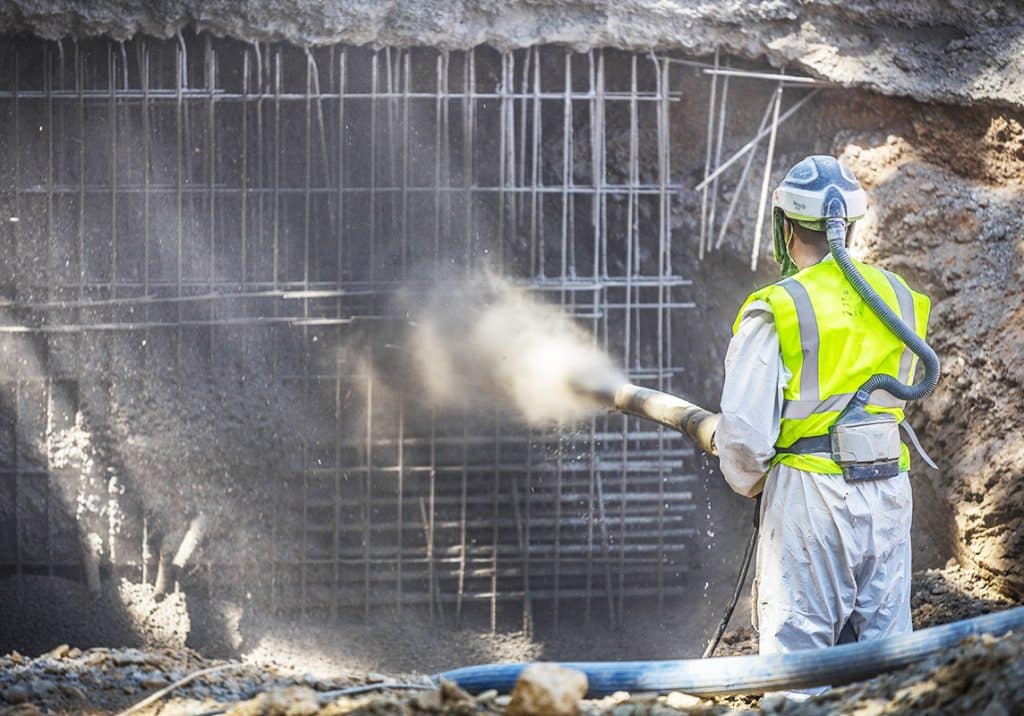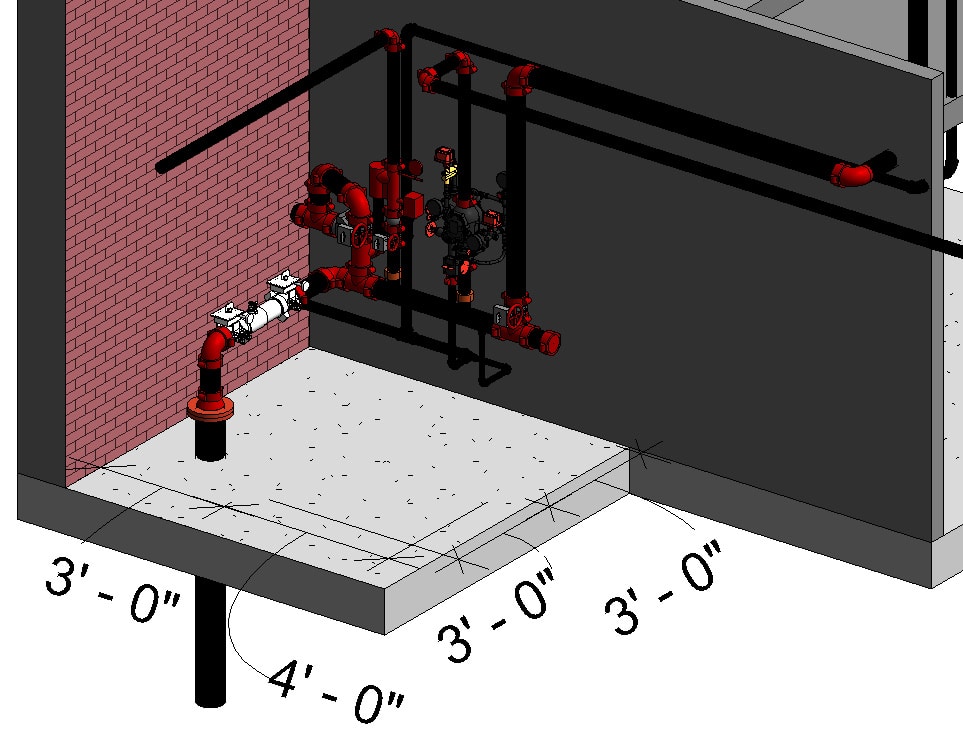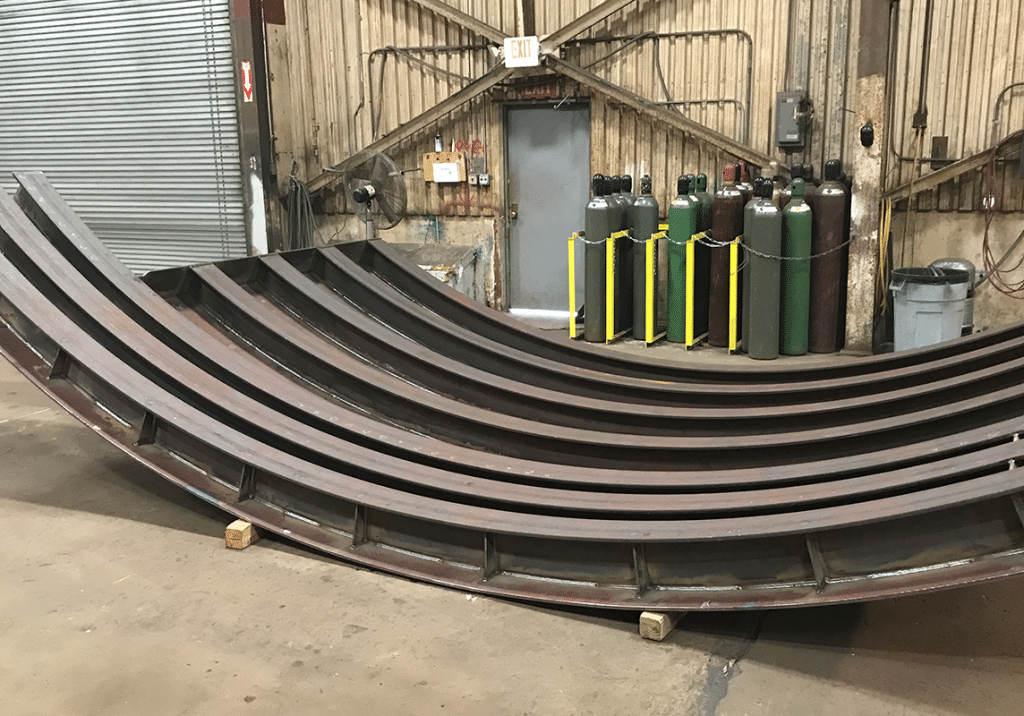Our engineers, surveyors, planners, and scientists are professional problem solvers who bring unique insights to their projects. We approach our projects by listening first, outlining possible solutions, and working with you on a solution that meets your needs and budget.
So, it’s not surprising that we also like to share our experiences in articles, whitepapers, and webinars that may provide guidance as you consider approaches and considerations for your next project.
Our insights are designed to help you plan and prepare for the next improvement or new project you’re ready to take on. We hope you find our ideas helpful and encourage you to reach out with questions.
Contact Us Today

